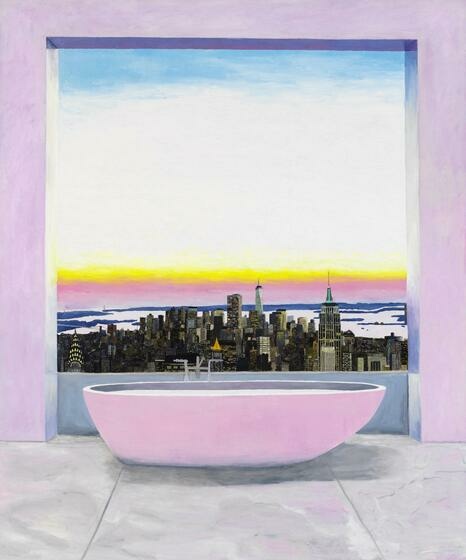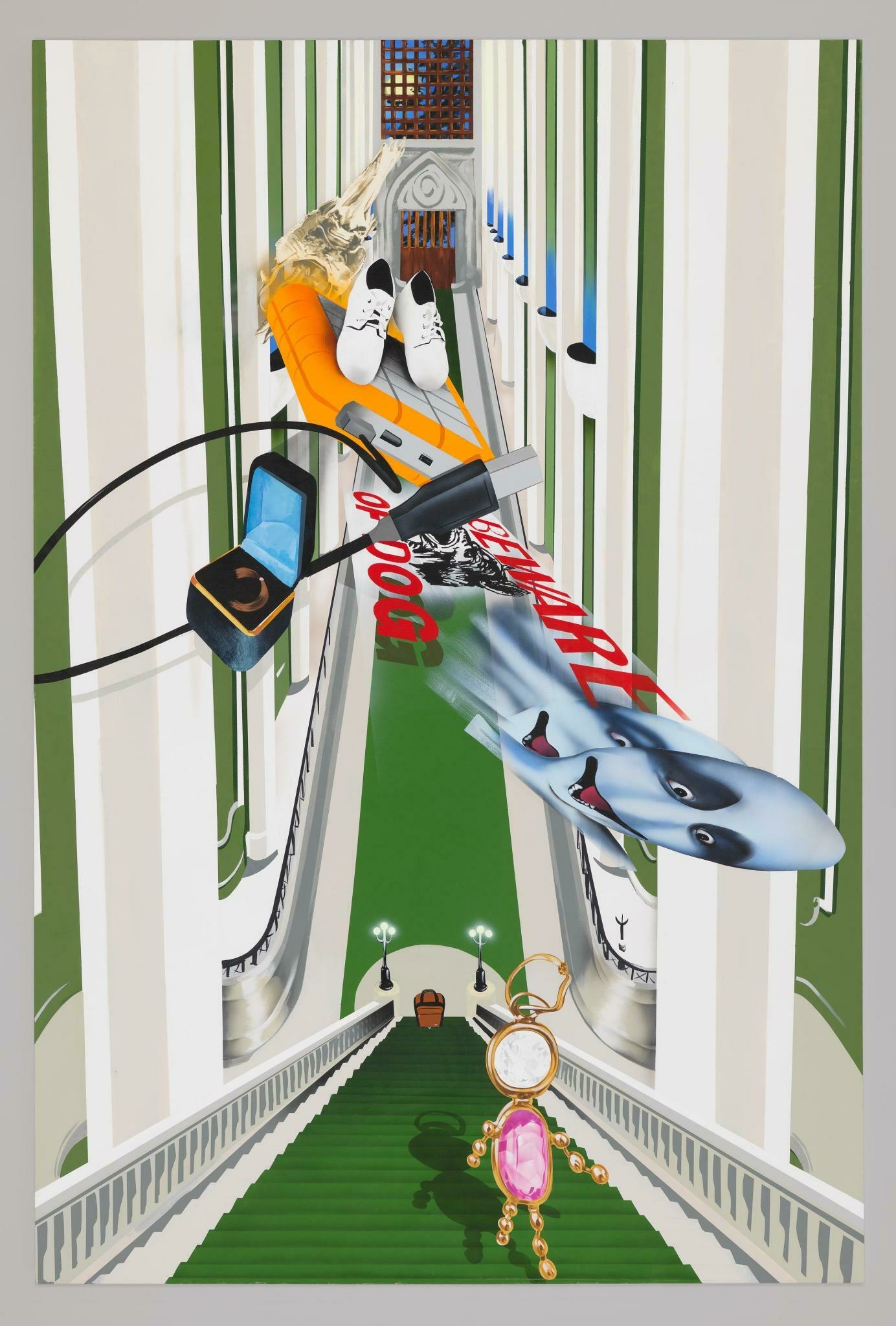Research Info
Research
Realism despite being a broad concept in other forms of art is, in the end, “... largely a matter of perception.” This is what Jonathan McCalmont, of the blog website Futurismic, concluded after discussing the origins of realism in the visuals arts which can be described as, in one example, the depiction of normal people doing normal things in cinema. But who is to say that the creator of such a depiction of realism is showing something “real”? Looking at this from a different angle, artistic realism, explained by Gabriel Josipovici in her book, Whatever Happened to Modernism? (2010), is contradictory due to the fact that the authority a creator wields over their depiction of realism is given to them by their own power, a false authority. Thus, we are able to suggest that because their self-given authority is invalid, their depiction is not real and, in return, fictitious. However, as much we may perceive artistic realism as something contradictory, the power to perceive something to be more “authentic” also lies in the artist to direct their audience to what they feel is important about the subject. This same power can be put in terms of game design; what and how the game designer wants their player audience to feel playing their game depends on the designer’s goal for player experience.
On the topic of games, McCalmont brings up the work of Bennett Foddy whose flash games, specifically QWOP and GIRP, are famous for their unconventional controls and mechanics that have their players struggling to do at least motion right while praying that the next key that they press won’t cause their character to become unbalanced and fall. Although the realism that Foddy reaches isn’t based on his game’s graphics or how an Olympic runner may run in real-life, his depiction of what Foddy calls “soul-crushing, low-reward realism” in a 2011 Wired interview, lies in the fact that within the seemingly-simple flash game of QWOP players are forced into intensive physical activity when they mangle with their given controls and move their fingers in the most awkward positions to run across a 100-meter dash in 6.3 seconds; this struggle being equivalent to what we would face in the reality outside of the game world. Foddy argues that because the simple act of running is something that players understand well when their expectation is shattered when faced with a runner that falls immediately after a press of a few keys, he states that “, ...for a certain group of people, that is motivating.” As opposed to the many AAA First-Person-Shooter (FPS) titles out there like Call of Duty, Far Cry, Doom, etc., where controls are almost unified in a way that a player could instinctively guess what each button would do, Foddy takes the notion of controls beyond the conventional to force his players to relearn and master a different set of skills that can’t be found in any other game.
It is not to say that we should immediately discontinue such games in the industry that are created for a mass market that is used to what is the “norm” as there is still enjoyment to be found from it, but it is evident that there can be more than just physically pressing directional arrow keys to move in a space or even, conceptual-wise, shooting monsters in a game.
http://futurismic.com/2011/09/14/qwop-girp-and-the-construction-of-video-game-realism/
https://www.wired.com/2011/07/st_alpha_videogames/
Museum Research
Leidy Churchman, Tallest Residential Tower in the Western Hemisphere (2015)

https://whitney.org/collection/works/47421
Before reading into the context of the painting, I was unsure of how to view the "window" of the painting showing the view of tall buildings. It seemed almost surreal without any of the wild qualities a surrealistic painting would have and just real enough to believe that the outside wasn't just a painting on the wall in that space. The way the view of the city is supposedly to have depth within the painting yet also seems flat is something that is a matter of perspective.
Jamian Juliano-Villani, My Memories Projected in the Hallways of the Titanic, (2016)

https://whitney.org/collection/works/58488
I've always been interested in surrealism in the way that it was so obvious to point out that it was based on how imaginary it looked but still had the qualities of what seemed to be a realistic painting. What caught my attention to the painting at first was its tall perspective reaching over the train of chaotic and miscellaneous items. I don't think I've ever seen text used in a painting before; in a way that makes me think the whole painting was a photoshop job. It's also fascinating to think of how the methods Juliano-Villani used to create the painting with just acrylic since I thought there was at least some sort of mixed-media involved.
Leave a comment
Log in with itch.io to leave a comment.